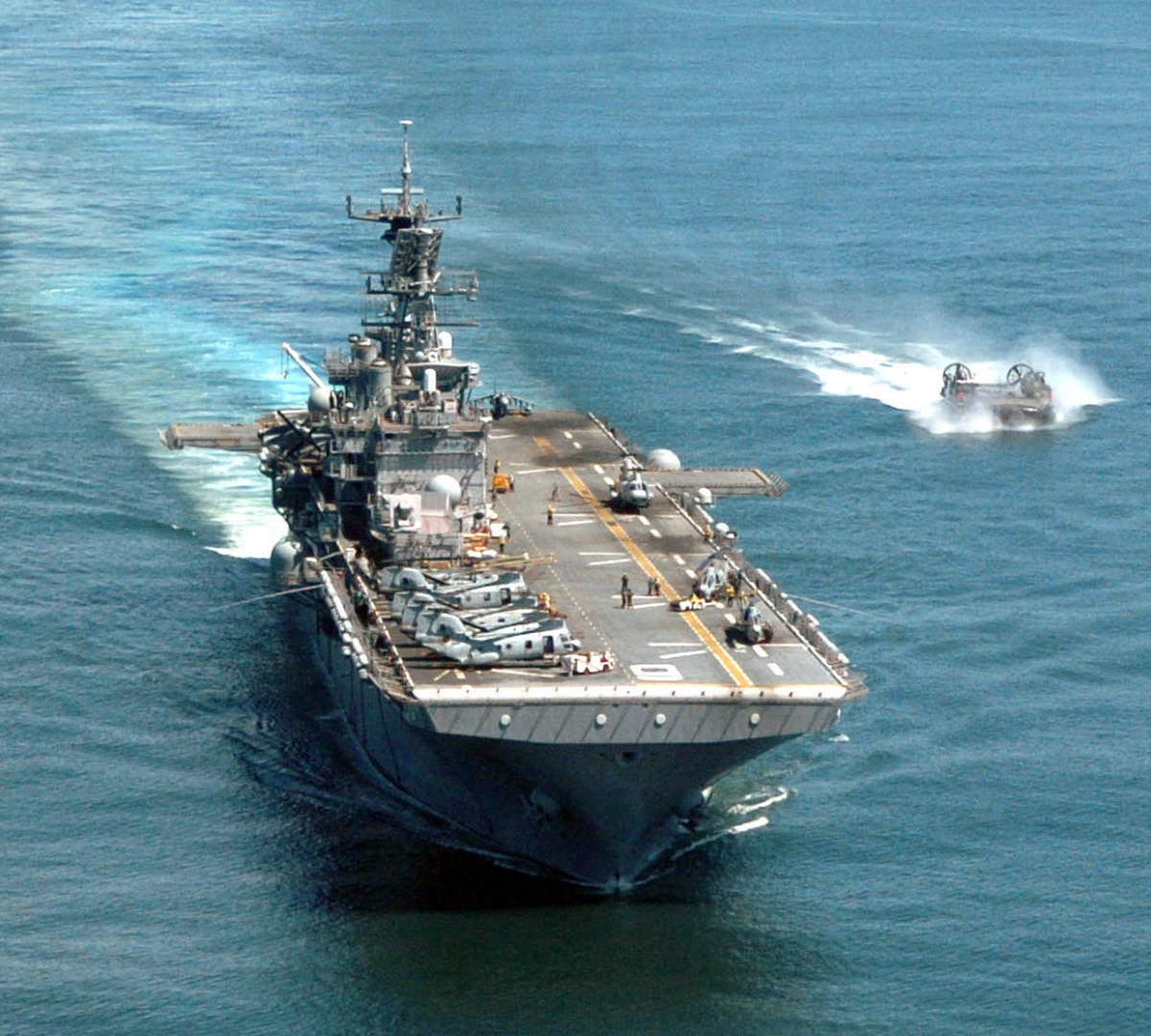
It was a serene Sunday morning in July 2020 at Naval Base San Diego that became one of the worst peacetime tragedies for the Navy. USS Bonhomme Richard, a more than two-decade-old warship, was engulfed by flames and burned for almost five consecutive days. By the time the fire was finally extinguished, so much damage had been done that the ship was beyond repair. She had spent 22 years at sea and was retired and sent to be scrapped.

The loss of the ship was not merely the disappearance of steel and equipment. What made it even more difficult to stomach was how it unveiled deep fissures in the safety culture of the Navy, the maintenance routines, and the command structure. It was not an accident alone—it was the culmination of a string of ignored problems all at once.

The blaze started July 12 in the ship’s Lower V space as it was being refit for $249 million to prepare it for F-35 fighter operations. But instead of being a robust and prepared warship, the Bonhomme Richard was vulnerable. Almost nine out of ten fire stations were not operating, and work areas were filled with combustible materials.

From the start, the response was weak. Sailors did not have functioning radios, using personal phones instead to forward news. The officer of the deck was slow to call a general alarm, assuming that the smoke was due to something inconsequential. That hesitation cost time, as the all-important first few minutes were lost.

When the crew members eventually attempted to extinguish the fire, they found that hoses were missing or inoperable, issues that regular inspections would have taken care of. Volunteer firefighters arrived soon after from the base and the San Diego Fire Department, but they were using different equipment and different communications systems. Instead of one synchronized unit, it was rather like independent groups working alongside each other, struggling to remain in harmony.

There was nearly a vacuum of leadership in those first few hours. The fire’s spread was later characterized by the Navy in its investigation as a “command-and-control vacuum.” Rear Adm. Philip Sobeck finally took charge to lead the efforts, though at this point the fire had advanced so far that salvaging the ship was no longer viable.

The official report was dire. Drills had been sporadic and poorly attended, with many sailors not ready for a fire in a shipyard environment. Few had ever practiced with civilian crews. To boot, years of deferred maintenance had disabled or rendered unreliable many safety systems. Oversight bodies, such as the regional maintenance center, did not enforce regulations or flag obvious hazards. Even the lessons of the 2012 fire on the USS Miami had been permitted to lapse.

It was investigators who suggested that dozens of commanders be held accountable—from the ship’s command to top officers in charge of fleet safety and maintenance. But the Navy has never publicly disclosed what punishment, if any, those officials faced.

The cost was staggering. Renovating the Bonhomme Richard would have required over $3 billion and taken all of a decade. Even reconfiguring it for a new purpose, such as a hospital ship, would have remained in excess of a billion. Ultimately, the ship was scrapped for under $4 million, towed away to Texas, and disassembled piece by piece.

Its loss cut the Navy’s fleet of amphibious assault ships to only nine vessels and upset plans by the Marine Corps to operate F-35Bs at sea. More than that, it forced a reckoning on how ill-prepared the Navy may be to recover if a frontline ship were ever lost in combat. As retired Capt. Jerry Hendrix says the true risk is not just how exposed ships are to disaster, but how slow America can replace them.

The Bonhomme Richard fire is a stark reminder of what happens when complacency, neglect, and weak management get together. It wasn’t an enemy missile or torpedo that took her down—just a series of avoidable mishaps. The test for the Navy now is to take those lessons to heart and make them lasting reforms, before another ship—and another mission—suffers the same fate.
